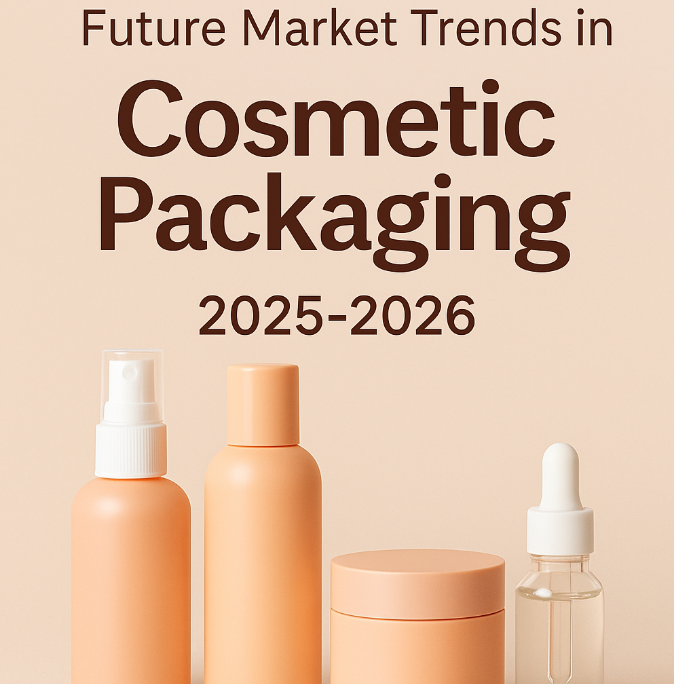The cosmetic packaging industry is undergoing a significant transformation, driven by technological advancements, sustainability initiatives, and evolving consumer preferences. As we look towards 2025 and 2026, several key trends are poised to shape the future of cosmetic packaging. This report delves into these trends, providing a comprehensive analysis based on the latest data and insights from trusted sources.

1. Sustainability in Packaging
Sustainability continues to be a dominant theme in cosmetic packaging. By 2025, sustainability has evolved beyond the use of basic recyclable materials. Beauty brands are increasingly adopting carbon-neutral and even carbon-negative packaging solutions to appeal to eco-conscious consumers. Innovations such as bioplastics, edible packaging, and zero-waste designs are becoming more widespread as brands strive to minimize their environmental impact and meet stricter regulatory requirements (Big Sky Packaging).
The growing demand for eco-friendly packaging solutions is also reflected in the adoption of materials such as biodegradable plastics, recycled content, and plant-based alternatives. This shift not only appeals to environmentally conscious consumers but also aligns with the increasing demand for sustainable beauty practices (Pinmao Cosmetic Packaging Manufacturer).
2. Technological Integration and Smart Packaging
The integration of technology into packaging is revolutionizing consumer interaction with beauty products. Smart packaging solutions, featuring QR codes, augmented reality (AR), and near-field communication (NFC) tags, are transforming the beauty industry by offering immersive experiences beyond the product itself. Consumers can scan QR codes to access tutorials, product information, or even virtual try-on features directly from their smartphones. This interactive element not only helps educate consumers but also builds brand loyalty by creating memorable, tech-enhanced experiences (Rixin Cosmetics).
Continue reading